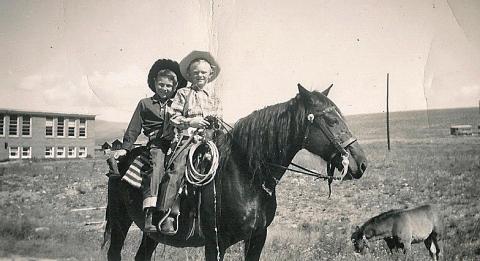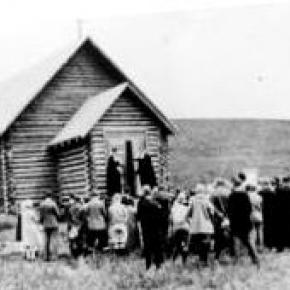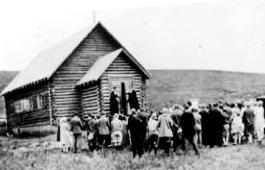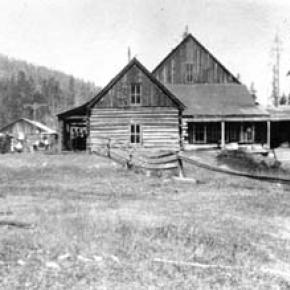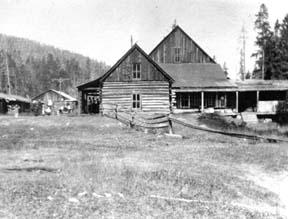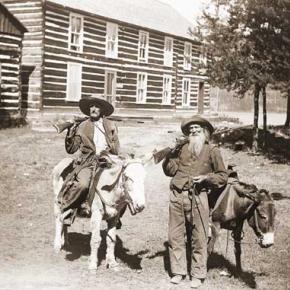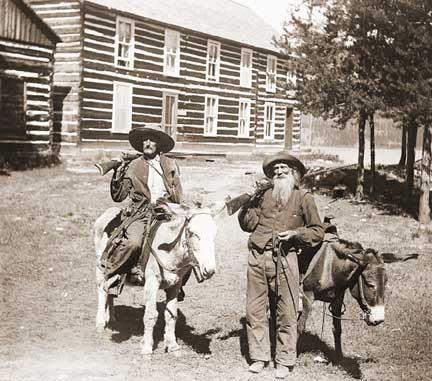Have you ever heard of a worm farm? Harry French Sr., who lived for many years at Azure, on the Colorado River, loved to fish, anywhere and anytime. He had brought the first angleworms into the valley from Iowa. At his Azure homestead, he made a worm bed and got his worms established. Pretty soon, everybody came by to get some worms for their own needs.
Worms can’t be found just anywhere in these high mountain valleys. However, at the Arkell place (Diamond Bar T) on Ranch Creek in the east end of the county, luckily someone had planted worms in a corner of the garden plot and this was the only place the Arkells could find worms. At one point, Gertrude Arkell’s cousin Rose started a small business, digging worms from the garden and selling them to fishermen who happened by. She even charged the rest of the family if they wanted worms!
Gertrude described planting their own garden in 1916 after they moved to the ranch. Papa spread several loads of well-decayed fertilizer from an old corral onto the garden and plowed it, creating a fine base for his vegetables. Of necessity, pioneers coming into Grand County started immediately to see what would grow here. They had to eat, and gardens were one of the first items on anyone’s agenda. Coming over Dice Hill from the Blue and into the Sheephorn area about 1880, Joseph McPhee, a Scot, homesteaded the grass-covered McPhee Flats in Garden Gulch, site of the first garden in the area. There were only two other homesteads on the Sheephorn at that time.
Possibly Nancy Veatch Schissler, (Mrs. Henry Roric) planted the first garden on the Williams Fork in 1883. She asked the men to plow her a bed, but they were positive nothing would grow. So, undaunted, she planted lettuce, onions, and radishes on her dirt roof and potato peelings along the ditch bank, all of which grew! Her little daughters fetched pails of water to hand to her up on the roof for irrigation.
George Henricks, on the farthest reaches of the Troublesome, rarely had access to stores. His wife, Aurella, bravely started radishes on her sod roof before the ground thawed, later transplanting them to a sheltered spot along with other vegetables. What were the usual high altitude crops? Lettuce, green onions, peas, root vegetables, and beans generally grew well. Willis Call near Kremmling brought the first white potatoes to Grand County.
Now, the Arkells on Ranch Creek had been told that at 8900 feet altitude, beans would freeze, and they did. So did the potatoes, except those planted high up the hill in a spot where the soil was deep and black. An aspen grove had grown there once, maybe for hundreds of years. The family anticipated a good crop, but in early September or even in late August, a heavy frost completely melted the patch down. That crop yielded bushels of small potatoes, few larger than golf balls. Still, the Arkells stored them in their so-called ice-house, because until Papa got a cellar dug, there was nothing else. They hoped the ice-house would keep the cold out, as it did heat, but the potatoes froze as hard as rocks. Mama would bring in enough for a meal and immediately put them into a kettle of boiling water. When done, they tasted like fresh potatoes!
Before July, the family had early green onions, lettuce, and radishes, since these didn¹t mind the frost. They froze every night but still lived, grew, and were good. The white radishes grew long, slender, and crisp. Head lettuce could be eaten early as leaf lettuce, or later as a fine firm head. Peas didn’t mind the cold either but grew fast and tall. The package advertised them as “Telephone Pole Peas.” They bloomed, set on peas ready to pick, and kept right on blooming and growing more peas, producing right up till early frost. By late July, the Arkells had small rutabagas to eat, a crop new to them. Turnips in late July were already large, and by fall they were gigantic but still sweet and good to eat raw. Turnips were pulled in the fall and stored in a great pile. Rabbits chewed off the outer skin and ate it but left the rest. The remaining skinless turnips soon froze and made good cow feed.
Actually, a number of ranchers grew turnips for cattle food, particularly for show cattle. Over on the Sheephorn, Helen Anghern Curry related that families shipped plenty of potatoes and peas out of Radium to Denver. Farmers had to get up very early to pick the vegetables in order to get them on the train. That was almost fresh!
Grain was grown more commonly than one might expect, especially on the west end. For instance, a young English chap on the Blue River, Tom Pharo, experimented with growing vegetables and grain as early as 1877. The Company Ranch on the Williams Fork planted many acres in grain. And Dr. Hoagland, on the Blue, regularly put in oats and barley for two years, before planting seed for hay crops, in order to break up the soil and gradually level the rough ground. Others raised many grains such as wheat, rye, oats, and barley, as well as hay. High altitude lettuce became a main crop to be shipped out of Grand County about 1920. Before this decade, lettuce sent by train was grown, especially on the upper Sheephorn and on the Blacktail.
Later, centered around Granby, farms spread to the Williams Fork and the Troublesome, as well as Ranch Creek. Japanese laborers harvested much of the crop. In 1919, there had not been a single truck farm in the county; in 1929, there were 34. On the Troublesome, Roy Polhamus was famous for his lettuce. His daughter, Catherine, lined the crates with heavy paper in the packing shed. After being cut in the fields, trimmed of bad outer leaves and packed, the crop was shipped to Denver by truck. It depended on how big the lettuce was as to how many dozen would fit into the crate. Roy also grew enough potatoes that he could spare many for Granby stores in the winter.
Encouraged by Nathan Hurd, a Mr. Henderson, on a little ranch straddling the shoulder between Hamilton Creek and Ranch Creek, tried growing lettuce long before the lettuce craze the west end of the county. Nobody had thought of growing it before and people were quite sure he was crazy. His lettuce was as sweet as any ever tasted, but when the big craze hit, for some reason he gave it up. Before he quit, he had some 2000 crates of Los Angeles Head Lettuce to sell and planned for 40 acres the following year. Everyone laughed at him two years before when he started, but the laugh was on them now. His 2 1/2 acres of jackpine paid him over $750/acre. The lettuce was grown on new ground and no water; dry land farmed. He called his place “The Happy Lettuce Farm”.
In the same area, a group of Basques did all the work. They irrigated at night, little lights at hand to show them the way. This local lettuce was stored in Tabernash in a shed, before being put on the train. This shed was later hauled to Granby and became the Grand Old Inn. Other crops were raised, too.
At Radium, sweet corn and strawberries were grown for sale. Harry French’s wife, Mary, had a very green thumb, and at the 1914 County Fair, special mention was given to “Mrs. French of the Sheephorn area, then age 77, for her splendid display of Brown Australian onions, raised from seed.” In addition, “she had a very handsome display of crabapples and tomatoes.” Mike Leroux, also in the Sheephorn area, said that his family almost always won a prize at the county fair in Kremmling, because they had one of the few spots in the county where one could grow apples! Women and children gathered wild berries for jams and pies. Wild strawberries, raspberries, and gooseberries went into these treats. The residents on the Troublesome picked chokecherries, and service berries, currants, in addition.
Marie Craven George remembers growing rhubarb at their cabin. Some of it still grows there. Many years later, after Marie married, she and her husband dug up some of that rhubarb and took it to their own garden in Kremmling. Marie remembers that, as a little girl, she stuck a gooseberry up her nose once and they had to hang her upside-down and spank her, until she sneezed the berry out. She decided gooseberries were for pies and jams, not noses!
Getting off the train, the Arkells often walked from Arrow, to check on the raspberry crop, for great quantities of bushes grew along the tracks. The wild strawberries, though very small, were so full of unexcelled taste that one cup would be enough to flavor a shortcake for all of them, with whipped cream on top. Using a kind of rake, they also gathered gooseberries, wild currants, and wild blueberries, which grew everywhere. Bob Peterson maintains the best berry patch for blackberries or red and black currants was on Cabin Creek a mile of so above Devils Thumb Park.









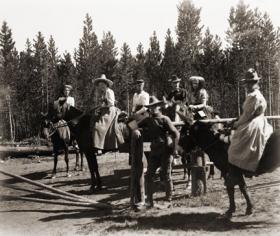
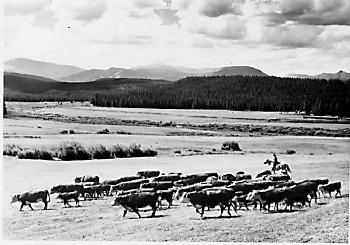
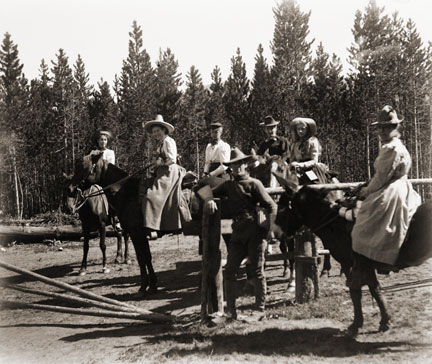


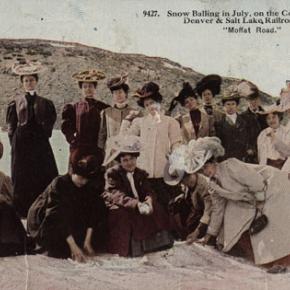
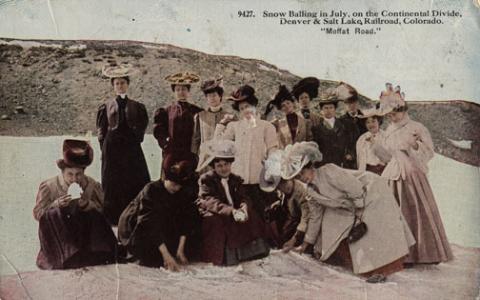
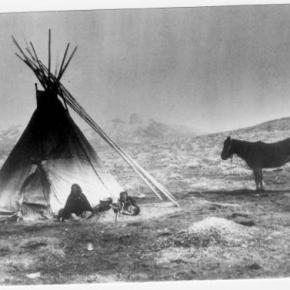
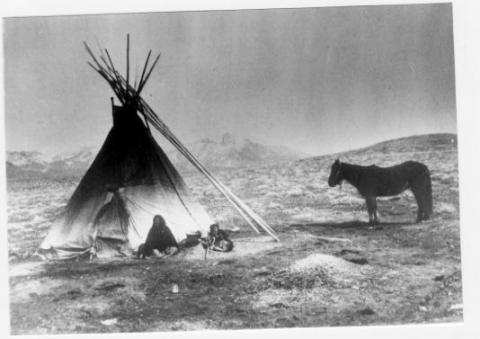
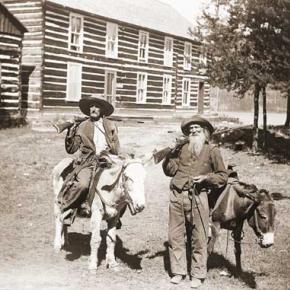
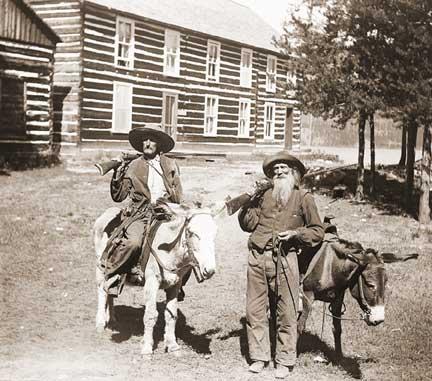
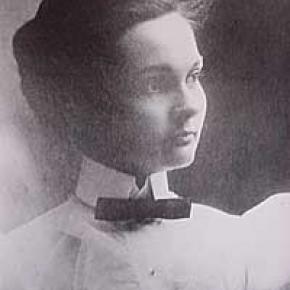
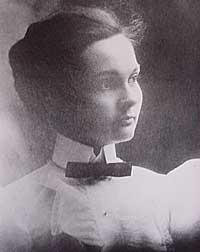
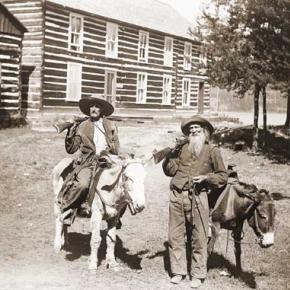
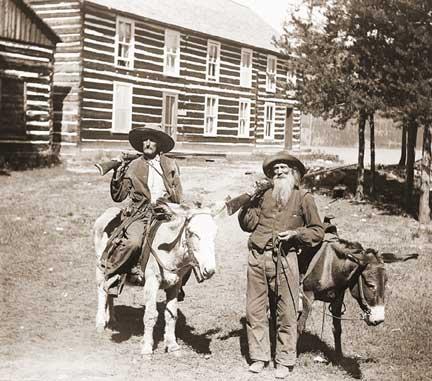
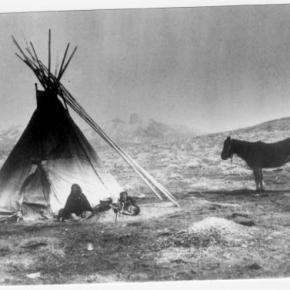
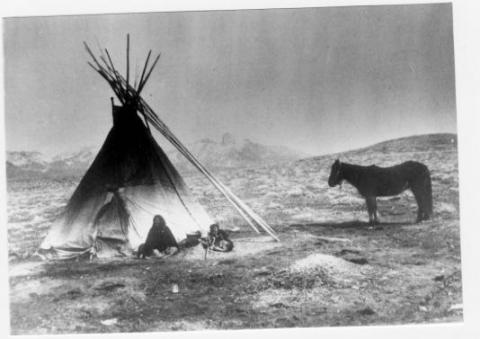
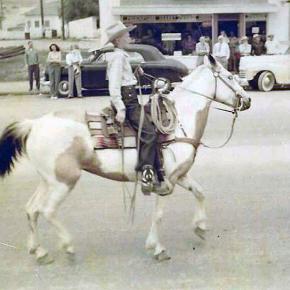
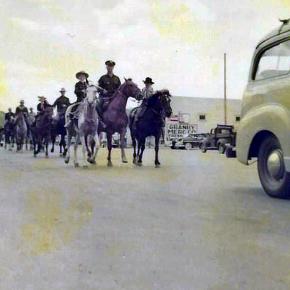
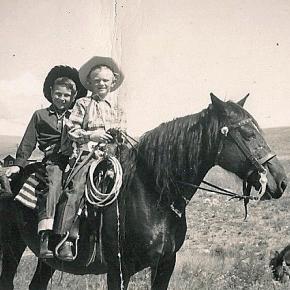
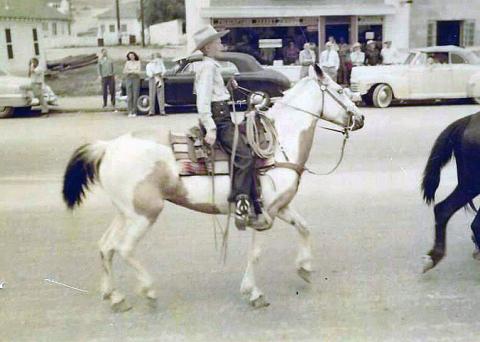 ,
, 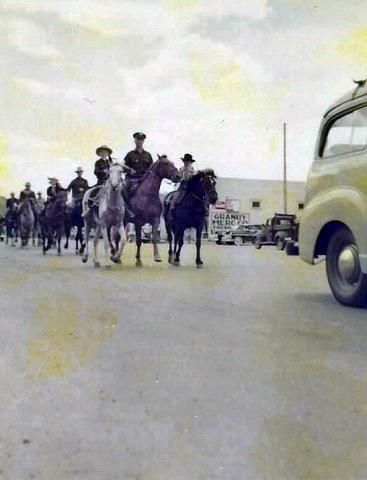 ,
, 